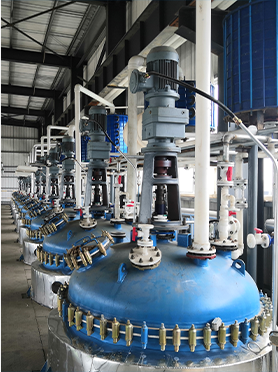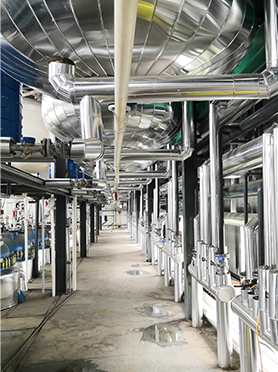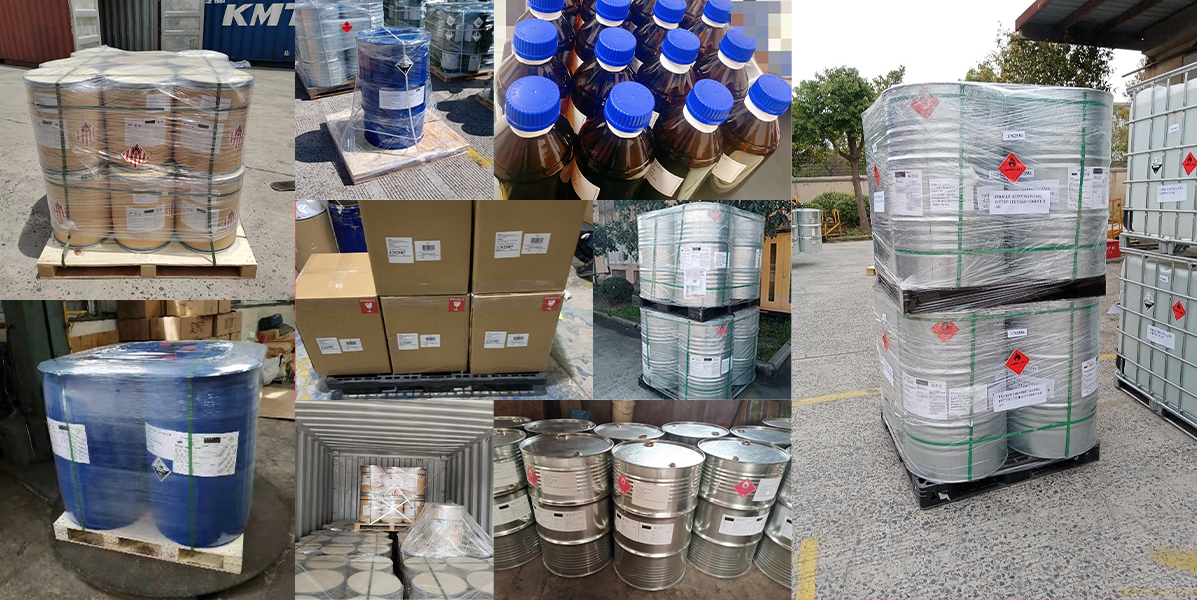Sludge dewatering is a critical step in many industrial and municipal wastewater treatment processes. The primary goal is to reduce the water content in the sludge, thereby decreasing its volume and making it easier and more cost-effective to handle, transport, and dispose of. Cationic Polyacrylamide (CPAM) has emerged as a highly effective chemical solution for optimizing this process. As a leading supplier of water treatment chemicals, we understand the importance of selecting the right flocculant to achieve superior results.
The Role of Cationic Polyacrylamide in Sludge Dewatering
Sludge typically contains negatively charged particles, including organic matter and fine inorganic solids. CPAM, with its positively charged molecular structure, plays a crucial role in destabilizing these particles. When added to sludge, the cationic charges on the polyacrylamide polymer attract and neutralize the negative charges on the sludge particles. This process, known as charge neutralization, initiates the formation of larger, more cohesive aggregates called flocs. This mechanism, combined with adsorption bridging and net sweep flocculation, leads to efficient solid-liquid separation.
Advantages of Using CPAM for Dewatering
CPAM offers several significant advantages for sludge dewatering applications:
Selecting the Right CPAM for Your Application
The effectiveness of CPAM is highly dependent on matching the product's characteristics to the specific sludge type and dewatering equipment. Key parameters to consider include cationic charge density and molecular weight. Generally, sludge with a higher negative charge and finer particles may require CPAM with a higher cationic charge density and a suitable molecular weight for optimal bridging. Performing jar tests is essential to determine the best CPAM product and the optimal dosage for your specific needs. Understanding how to use cationic polyacrylamide correctly is vital for achieving these benefits.
Procurement and Usage Tips
When seeking to buy cationic polyacrylamide flocculant, it is important to partner with a reliable supplier. Look for manufacturers who can provide technical support and offer consistent product quality. For optimal results, prepare CPAM solutions in clean water at recommended concentrations (typically 0.1% to 0.3%). Ensure thorough mixing to achieve complete dissolution without excessive shear, which can degrade the polymer. Always follow safety guidelines when handling chemicals, including wearing appropriate personal protective equipment (PPE).
In conclusion, cationic polyacrylamide flocculant is an indispensable tool for modern sludge dewatering operations. By understanding its properties and applying it correctly, industries can achieve superior dewatering performance, reduce operational costs, and improve their environmental footprint. For those looking to optimize their processes, inquiring about cationic polyacrylamide price and availability from a trusted source is the first step towards more efficient and sustainable sludge management.
Manufacturing Facilities






Professional Export Experience
to Global Customers

1. 20 years of R&D, manufacturing and sales experience, serving customers in 60 countries and regions around the world;
2. Own R&D laboratory, pilot platform and large-scale production workshop, which can meet the audit requirements of global customers;
3. We can satisfy customers' perfect transition from small scale lab requirements (gram level) to commercialization requirements (hundred tons level).
A: We don't have Minimum Order Quantity, exact quantity should be provided before quotation for us to calculate the exact cost.
A: We don't provide free samples due to lots of request and expensive international courier's cost, we can deduct the sample charge after commercial order placed.
A: Our payment terms: Small or sample order: T/T IN ADVANCE. Commercial order: First order should be by T/T IN ADVANCE or L/C at sight, and following orders T/T 30~90days is acceptable subject to approval of credit application.